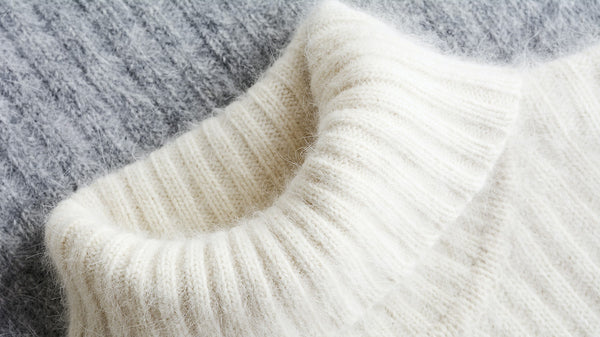Discover the Luxury and Comfort of what is cashmere and Why It’s So In Demand
Discover the Luxury and Comfort of what is cashmere and Why It’s So In Demand
Blog Article
Reasons You Should Require Cashmere an All-natural Fiber for Comfort and Elegance in Everyday Wear
In the world of fabrics, few fibers equal the deluxe and comfort of cashmere. This distinct material, understood for its exceptional soft qualities and insulation, supplies unequaled comfort and beauty for day-to-day wear. However what sets it besides various other fibers? Exactly how does it influence the environment and exactly how does it contrast to synthetic options? Just how can one best make use of cashmere to elevate their style? These appealing questions lay the structure for an informing exploration into the world of cashmere.
Understanding the Extravagant Nature of Cashmere

Evaluating the Comfort Variable of Cashmere Apparel
What top qualities underline the convenience aspect of cashmere garments? The gentleness of cashmere is the initial quality to consider. Its plush appearance makes it seem like a second skin, providing heat without the weight or irritation connected with other wool products. Cashmere's special fiber structure allows for breathability, managing temperature and avoiding overheating. The material's adaptability and sturdiness make sure that it molds against the body pleasantly, keeping its shape with time. Cashmere's hypoallergenic properties additionally add to its convenience, making it an optimal choice for delicate skin. The ability to layer cashmere items without thickness increases the comfort variable. Essentially, the convenience go of cashmere is derived from its softness, breathability, durability, hypoallergenic nature, and adaptability.

The Environmental Influence and Sustainability of Cashmere
While the comfort and beauty of cashmere are most certainly appealing, it's similarly crucial to consider its partnership with the setting. Cashmere manufacturing, mostly in Mongolia and China, includes elevating cashmere goats, which this hyperlink can dramatically stress delicate meadow communities due to overgrazing. This can cause desertification, a pushing environmental issue. Moreover, the processing of cashmere, involving cleaning and dyeing, can additionally contribute to water contamination if not appropriately handled. Nonetheless, efforts are being made to develop lasting cashmere production techniques, such as rotational grazing and cleaner processing techniques. While cashmere has ecological effects, its sustainability largely depends on manufacturing practices.
Comparing Cashmere to Synthetic Fibers: A Cost-Benefit Analysis
Despite its environmental obstacles, cashmere provides an unique set of advantages over artificial fibers. On the expense side, cashmere is undeniably a lot more pricey as a result of its labor-intensive production process. Yet, the advantages make it worth the investment. Cashmere's all-natural fibers provide unmatched softness and warmth, converting into comfort that artificial fibers have a hard time to match. Cashmere items are highly resilient, appealing durability that offsets first prices over time. Unlike artificial fibers, cashmere does not add to microplastic pollution, making it a more sustainable option. On the other hand, artificial fibers, while less costly upfront, offer less convenience, have shorter lifespans and position environmental concerns. Therefore, when examining cost-benefit, cashmere's remarkable high qualities make it a rewarding investment for day-to-day wear.
Designing Tips With Cashmere for Everyday Sophistication
Having actually thought about the cost-benefit evaluation of cashmere compared to synthetic fibers, it becomes clear why this luxurious material is a popular option for many. When styling cashmere for daily style, simplicity is crucial. Ultimately, the inherent sophistication of cashmere makes it a functional addition to any closet, effortlessly improving day-to-day attire with see post a touch of luxury.

Conclusion
In summary, the impressive buildings of cashmere make it a beneficial enhancement to any type of wardrobe. Its lavish feel, breathability, flexibility, and comfort to varying temperature levels are unequaled. On top of that, cashmere's sustainability and reduced ecological impact contrasted to synthetic fibers better boost its appeal. The classic beauty of cashmere, combined with its adaptability, adds refinement to everyday wear. Consequently, investing in cashmere garments is a worthwhile choice for style, sustainability, and convenience.

Report this page